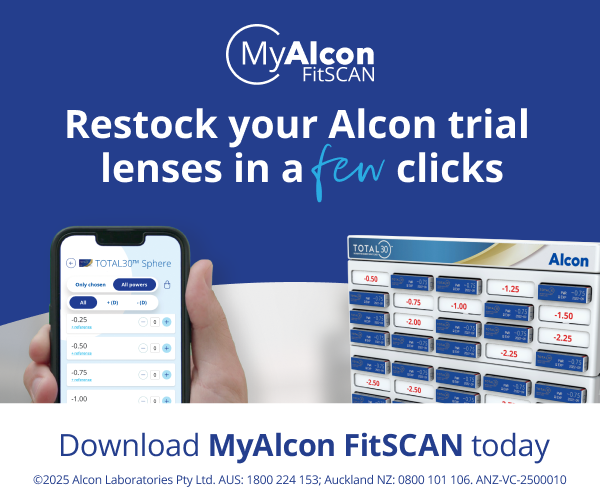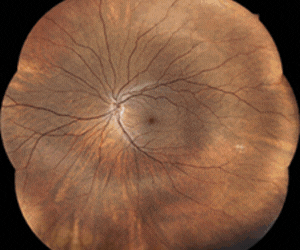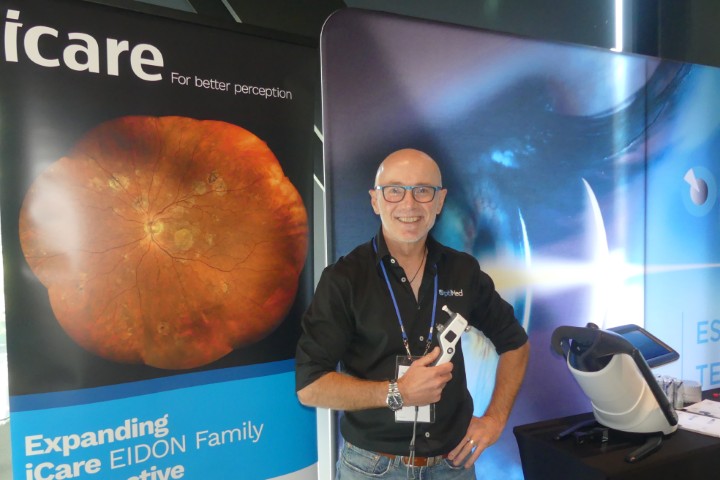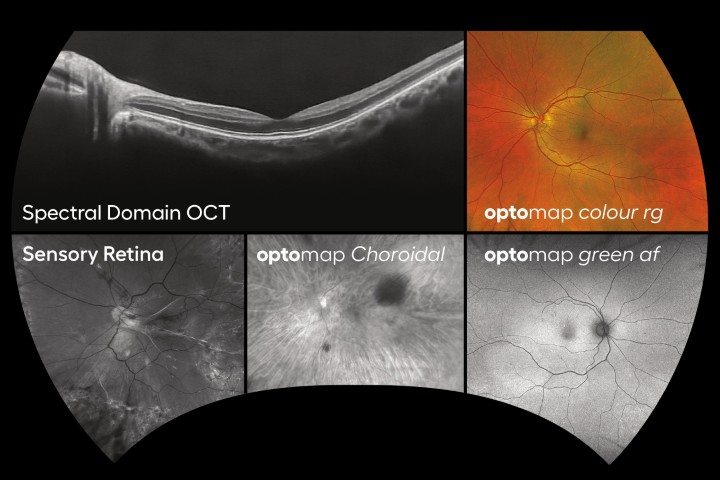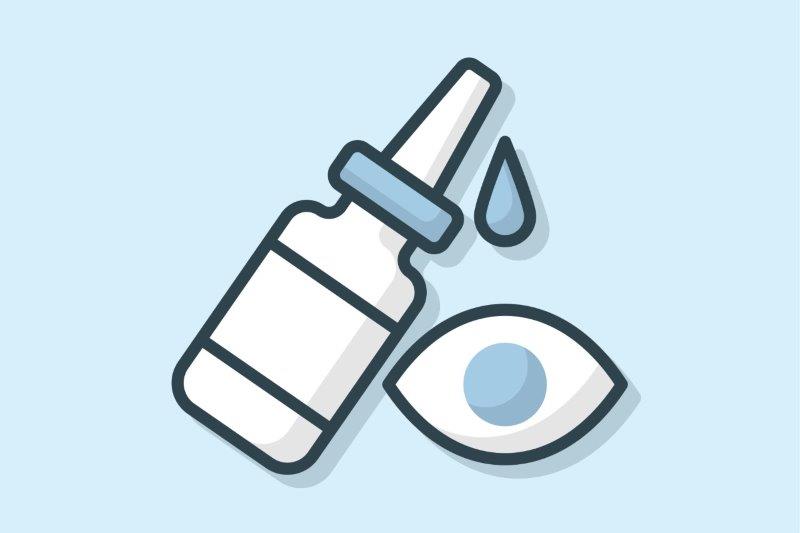Dropper adaptors for visually impaired
A novel 3D tactile label for drop bottles, designed to increase the accurate identification of medication and improve compliance in low vision patients, was correctly ‘read’ by 92% of test patients in a US study published in BMJ Open Ophthalmology.
The research team, led by Dr Praveena Gupta from the University of Texas Medical Branch, Galveston, designed, 3D-printed and tested Ring-IT bottle-neck ring adaptors with either one, two or three protrusions with cube or sphere endings. Low vision was simulated in 20 healthy subjects with a 20/200 vision simulator, who were tested together with 26 visually impaired patients (20/70 or worse). Subjects were scored on the time it took them to correctly identify the number of protrusions: success for cube and sphere end pieces was 78.2% and 74.4% and average identification was 7.5 seconds (± 4.8s) and 8.5s (± 5.6s), respectively.
Visually impaired individuals, the elderly, individuals with low literacy levels and those that use multiple eye drops have the highest risk of failing to adhere to their prescribed treatment plans, said researchers. “The novel 3D tactile adaptor on medication bottles was identified with great accuracy and speed by our low vision simulated subjects. (Ring IT) is an efficient, low-cost device that can be easily attached to eye drop bottles and allows for tactile determination of dose frequency. This data provides the basis for the phase II trial, in which patients with low vison will be tested for accurate medication identification.”





